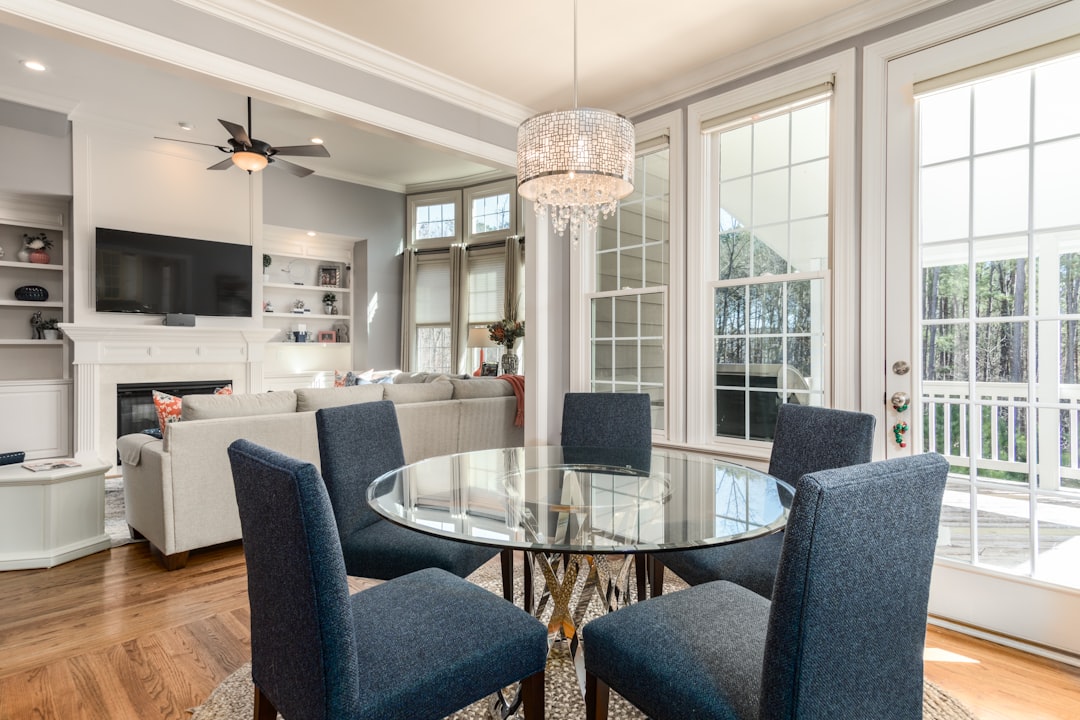The luxury real estate market is constantly evolving, shaped by economic forces, global trends, and changing consumer preferences. In recent years, several key trends have emerged in the luxury real estate market that are reshaping the industry and creating new opportunities for investors, developers, and homebuyers.
One of the biggest trends in the luxury real estate market is the rise of mixed-use developments. These developments combine residential units with commercial spaces, such as restaurants, retail shops, and entertainment venues, to create vibrant, walkable communities where residents can live, work, and play all in one place. This trend is driven by a growing desire for convenience and a more sustainable lifestyle, as residents seek to reduce their reliance on cars and minimize their carbon footprint.
Another trend in the luxury real estate market is the focus on wellness amenities. Developers are increasingly incorporating wellness features into their luxury properties, such as spas, fitness centers, yoga studios, and meditation rooms, to appeal to health-conscious buyers. These amenities not only provide residents with opportunities to prioritize their physical and mental well-being but also enhance the overall lifestyle experience of living in a luxury property.
Smart home technology is also playing a significant role in shaping the luxury real estate market. Today’s luxury properties are equipped with advanced technology systems that allow homeowners to control their home’s lighting, temperature, security, and entertainment systems from their smartphones or tablets. These smart home features not only offer convenience and comfort but also enhance the value and appeal of luxury properties to tech-savvy buyers.
Sustainability and green building practices are becoming increasingly important in the luxury real estate market. Eco-friendly features, such as energy-efficient appliances, solar panels, green roofs, and water-saving fixtures, are now standard in many luxury properties as buyers seek to minimize their environmental impact and reduce their utility costs. Sustainable building practices not only benefit the environment but also add value to luxury properties and appeal to a growing segment of environmentally conscious buyers.
In terms of design trends, modern and minimalist styles are currently dominating the luxury real estate market. Clean lines, open floor plans, and high-end finishes are key features of modern luxury properties, which offer a sleek and sophisticated aesthetic that appeals to discerning buyers. Neutral color palettes, natural materials, and large windows are also popular design elements in luxury properties, creating a sense of harmony, elegance, and connection to the surrounding environment.
The location of luxury properties is another important trend to watch in the real estate market. Urban areas are seeing a surge in luxury development, as buyers seek the convenience of city living with access to cultural amenities, dining options, and entertainment venues. Waterfront properties are also in high demand, offering stunning views, access to water-based activities, and a sense of tranquility that is highly desirable among luxury buyers.
On the other hand, rural and suburban areas are also attracting luxury buyers who seek privacy, space, and a connection to nature. Luxury properties in these locations often offer expansive grounds, private gardens, and outdoor amenities such as swimming pools, tennis courts, and hiking trails, providing residents with a peaceful retreat from the hustle and bustle of city life.
In conclusion, the luxury real estate market is constantly evolving, driven by changing consumer preferences, economic trends, and global influences. Mixed-use developments, wellness amenities, smart home technology, sustainability, design trends, and location preferences are all shaping the luxury real estate market and creating new opportunities for investors, developers, and homebuyers. Keeping an eye on these key trends can help real estate professionals stay ahead of the curve and capitalize on the ever-changing landscape of the luxury real estate market.

